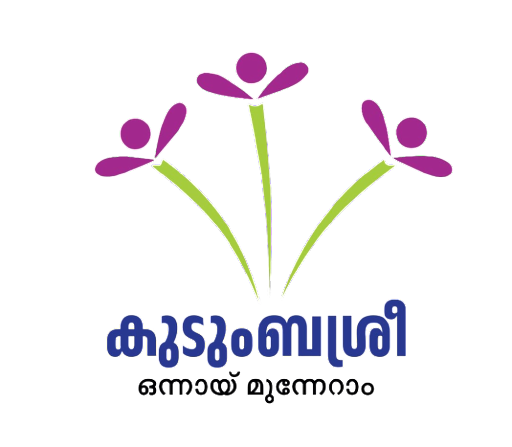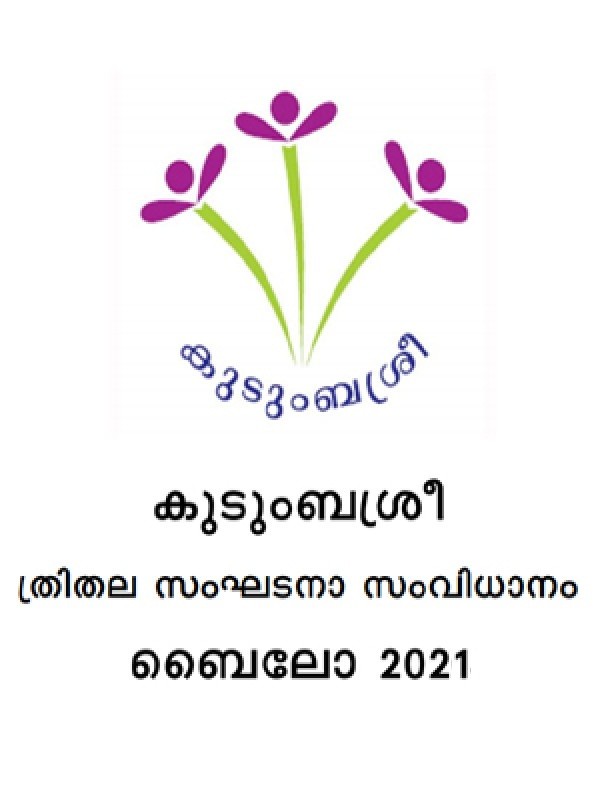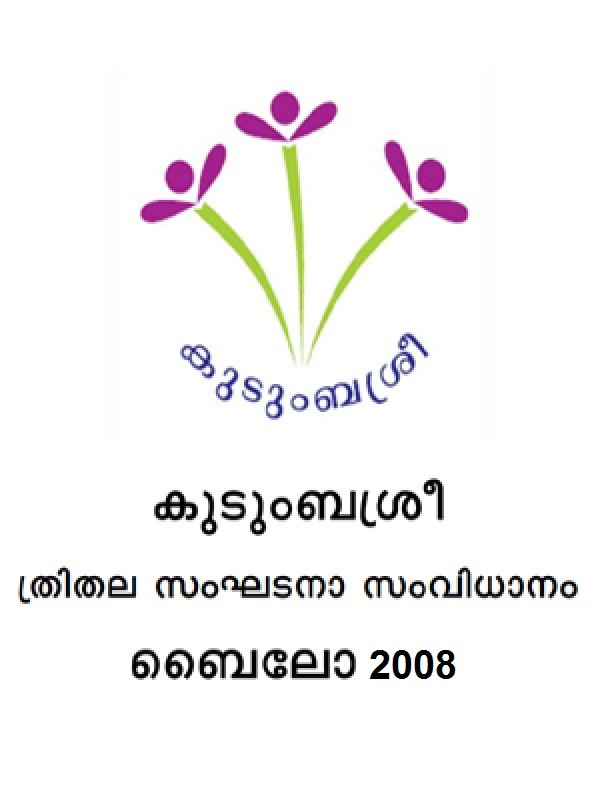The Three-Tier Framework
The Kudumbashree CBOs are built on a three-tier structure at the Panchayath/Municipality level, which has democratically elected governance systems under the new Panchayath Raj. At the primary level, there are the Neighbourhood Groups (NHGs) with 10 to 20 members, where eligible women can enrol themselves as members. These NHGs are then affiliated to an Area Development Society (ADS) at the ward level. All the ADSs in a Panchayat/Municipality are then affiliated to a Community Development Society (CDS). The membership of Kudumbashree is through its NHG and opens to women belonging to both ‘poor’ and ‘non-poor’ households, commonly referred to as BPL and APL households. The 3 tier framework of Kudumbashree CBO structure is shown below.
- 1.Neighbourhood Groups (NHGs) - Groups of 10-20 women from the same neighbourhood form the foundation of the structure
- 2.Area Development Society (ADS) - Federation of NHGs within a ward of the LSG
- 3.Community Development Society (CDS) - Registered Society as the Federation of ADS within the LSG
























 MAJOR STREAMS OF TRAINING
MAJOR STREAMS OF TRAINING MECHANISMS
MECHANISMS